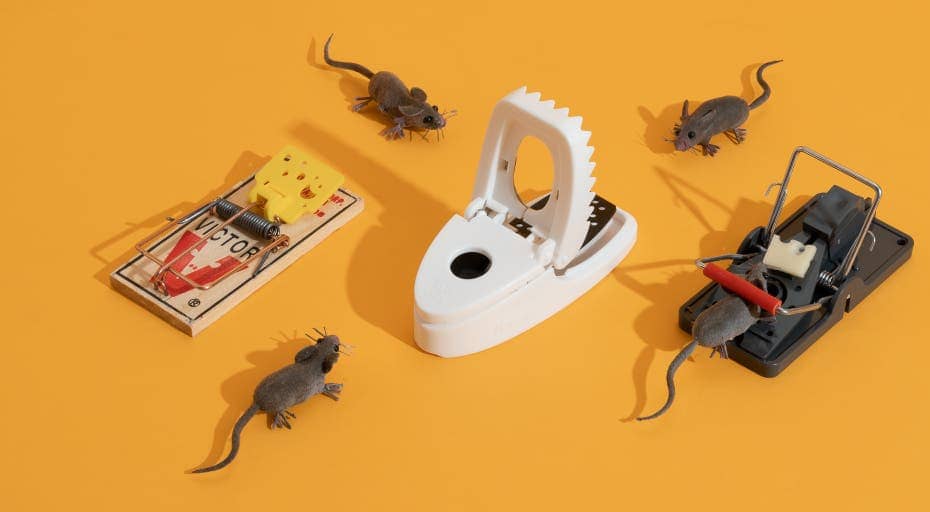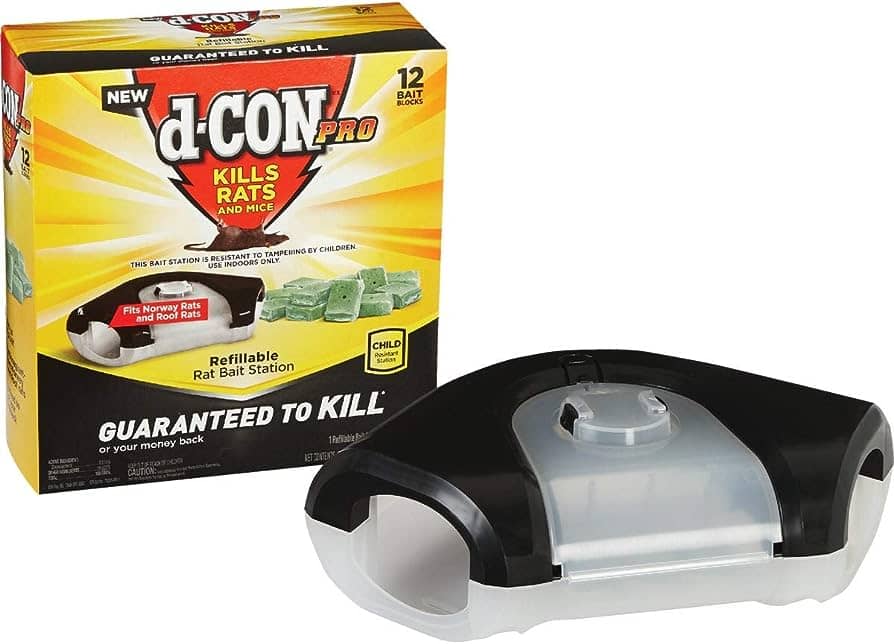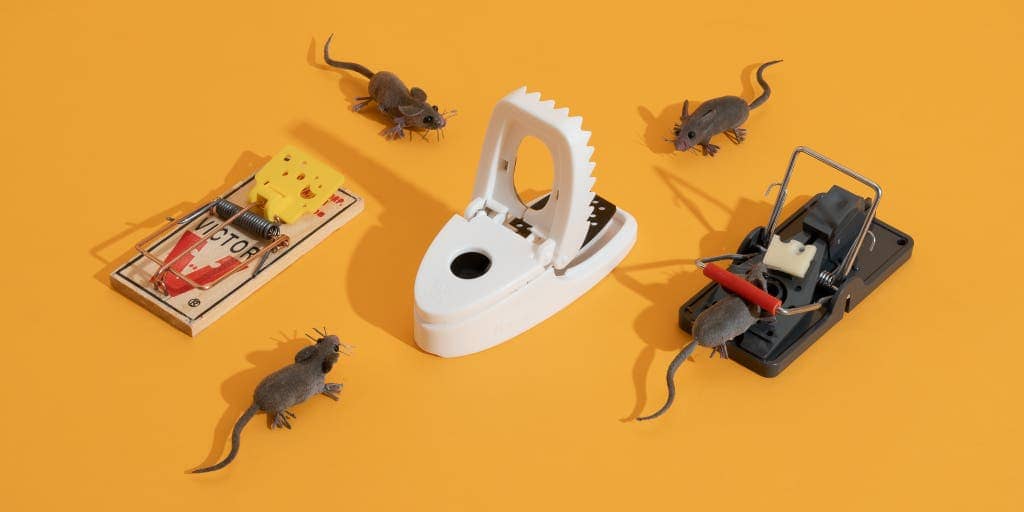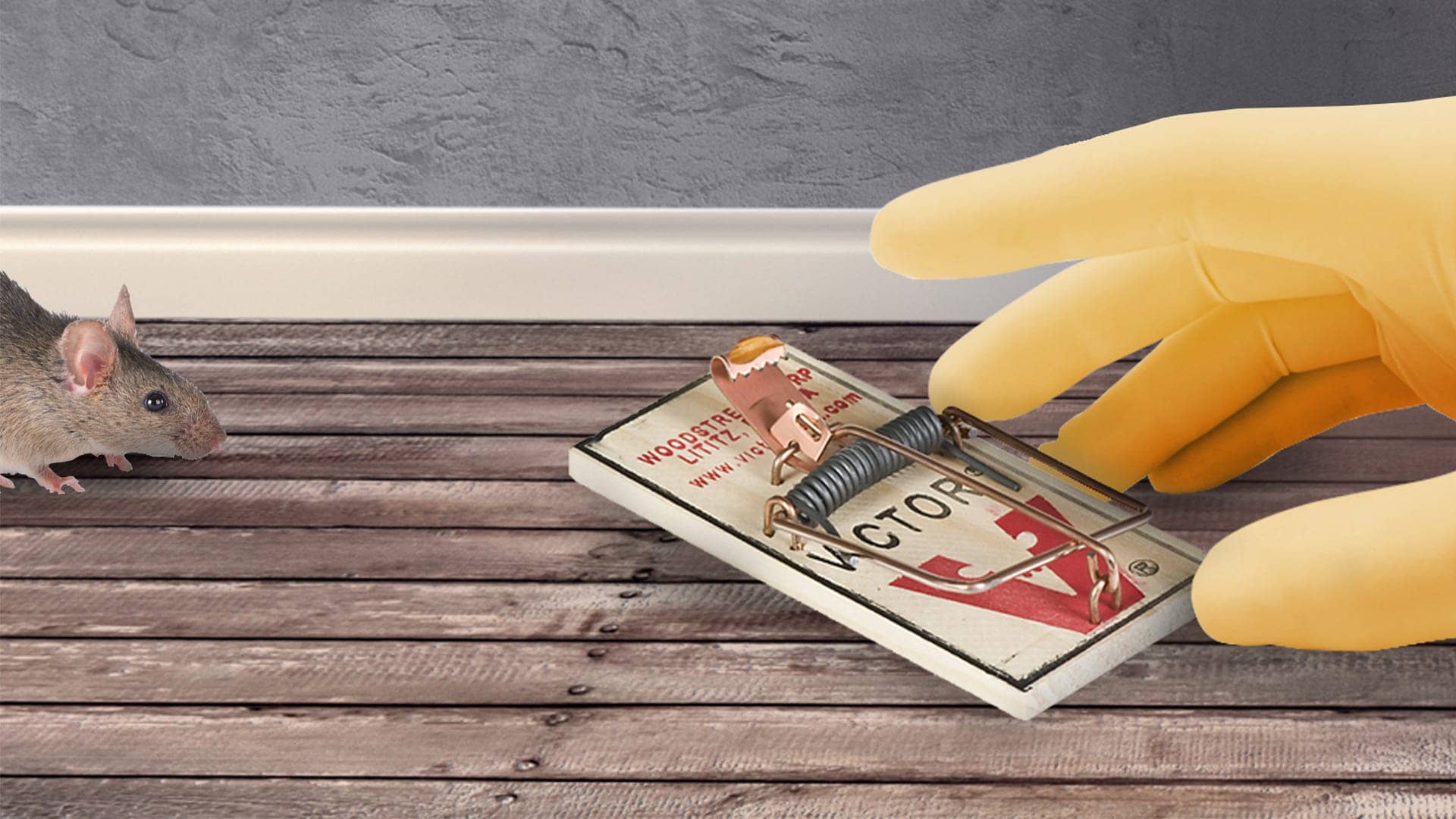Successful mouse trap baits are based on the science of attraction and trigger mechanisms. In order to effectively catch mice, the bait needs to be appealing to their senses and the trap must provide an efficient means of capturing the mouse.
Introducing the Science Behind Successful Mouse Trap Baits Successfully catching mice requires more than just a basic mouse trap. It involves understanding the science behind what attracts mice and triggers their instinct to investigate and consume bait. By applying this knowledge, you can improve your chances of eliminating pesky rodents effectively and efficiently.
The key to a successful mouse trap bait lies in appealing to the mouse’s senses and providing a well-designed trigger mechanism. Mice are attracted to certain scents and food sources, so selecting the right bait is essential. Additionally, the trap must be designed to quickly and effectively capture the mouse once it takes the bait. We will delve into the science behind successful mouse trap baits, exploring the factors that make a bait attractive to mice, the types of bait that work best, and the importance of trigger mechanisms in catching mice. Understanding these principles will help you choose the most effective bait and trap combination for successful mouse control.
Understanding The Mouse Psychology
Understanding the psychology of mice is crucial for successful mouse trap baits. By delving into the science behind their behavior, one can identify the most effective bait options and increase the chances of trapping these elusive creatures.
How Mice Perceive Their Surroundings
- Mice have highly-developed senses and possess excellent hearing, smell, touch, and taste abilities.
- Their eyesight, however, is not as advanced, and they rely heavily on their other senses to navigate their surroundings.
- They have a wide field of view but struggle with depth perception and can’t focus on details.
- Due to their limited vision, mice prefer to stick close to walls and move in dark, secluded areas.
- They are cautious creatures and can quickly detect changes in their environment, making them difficult to trap.
The Role Of Scent In Attracting Mice
- Mice have a keen sense of smell and rely heavily on scent cues in their environment.
- They can detect odors from great distances, making scent an essential factor in attracting them to bait.
- Mice are particularly drawn to food smells, especially those high in fat or protein.
- Organic materials like peanut butter, bacon, or chocolate are known to be effective bait choices due to their strong scents.
- By using bait with a powerful aroma, you increase the chances of enticing mice to investigate the trap.
The Impact Of Curiosity On Mouse Behavior
- Mice are naturally curious creatures and will investigate new objects or changes in their environment.
- They often explore unfamiliar territories cautiously but will eventually investigate potential food sources or shelter options.
- Curiosity plays a significant role in mouse behavior and can be leveraged to enhance trap effectiveness.
- Placing baits strategically along their usual paths or near entry points can pique their curiosity and lead them to the trap.
- Introducing new baits or frequently changing the position of the traps can also prevent mice from becoming wary of the setup.
Remember, the success of mouse trap baits lies in understanding the mouse psychology. By considering their sensory capabilities, preferences, and innate behaviors, you can employ effective strategies to attract and trap these elusive pests.
Choosing The Right Bait
Successfully baiting a mouse trap is a science. Understanding the best bait to use can increase your chances of catching the unwanted intruders without relying on commonly used methods.
To successfully catch mice, it is crucial to choose the right bait for your traps. Understanding the preferred food choices of mice, exploring the effectiveness of different bait types, and considering certain factors can significantly increase your chances of trapping these pesky rodents.
Let’s delve into these aspects in detail:
Identifying The Preferred Food Choices Of Mice
Mice have certain food preferences that can vary slightly based on their species and habitat. Identifying their preferred food choices will help you select an enticing bait. Here are some key points to consider:
- High-carbohydrate foods: Mice have a strong affinity for high-carb foods like grains, cereals, and seeds. These are often the most effective baits for trapping mice.
- Protein-rich foods: Mice also have a liking for proteins, such as peanut butter, bacon, and cheese. Protein-based baits can be a great alternative or addition to carbohydrates.
- Familiarity and availability: Mice tend to gravitate towards food sources they are familiar with and can easily find. Consider the local environment and the types of food mice commonly come into contact with.
Exploring The Effectiveness Of Different Bait Types
While certain baits work well for trapping mice, it’s important to experiment with different types to find the most effective one. Here are some options to consider:
- Grains and seeds: Foods like oats, rice, and sunflower seeds are attractive to mice due to their scent and taste.
- Peanut butter: Its rich smell and sticky texture make peanut butter a highly effective bait. Spread a small amount on a trap’s bait area to entice mice.
- Cheese: Despite common belief, cheese isn’t always the best option. Some mice may not find it as appealing, so it’s best to combine it with other baits.
- Bacon and other meats: These high-protein baits can be enticing to mice, but remember to use small amounts, as excessive meat can spoil quickly.
Factors To Consider When Selecting Bait For Mouse Traps
When choosing the right bait for your mouse traps, there are several factors to keep in mind. Consider the following:
- Time of year: Adjust your bait selection according to the season and availability of certain foods. Mice may be more attracted to certain baits during specific times of the year.
- Trap type: Different trap designs require different types of bait placement. Ensure the bait is positioned correctly within the trap to maximize its effectiveness.
- Safety concerns: While poison baits exist, it is essential to prioritize safety, especially if you have children or pets. Opt for non-toxic or snap traps instead.
- Frequency of bait replacement: Mice are more likely to be attracted to fresh baits. Regularly check and replace the bait to maintain its allure and effectiveness.
Selecting the right bait for your mouse traps requires a balance of understanding mouse preferences, testing different options, and considering practical factors. By employing these strategies, you can enhance your chances of catching those elusive mice and reclaiming your space from their unwanted presence.
Enhancing The Attractiveness Of Mouse Trap Baits
Unlocking the secrets behind successful mouse trap baits involves understanding the science behind what attracts mice. By enhancing the attractiveness of baits, you can increase the effectiveness of your mouse traps and successfully rid your home of these pesky pests.
In order to successfully lure mice into mouse traps, it is important to make the baits as attractive as possible. By utilizing various techniques, such as incorporating pheromones, visual cues, and experimenting with taste preferences, we can enhance the effectiveness of mouse trap baits and increase the likelihood of catching these pesky rodents.
Utilizing Pheromones To Lure Mice:
- Pheromones are chemical substances produced by animals, including mice, to communicate with each other. By using mouse-specific pheromones, we can harness their powerful instinctual response and attract them to the trap.
- The scent of pheromones can help create an environment that feels safe, encouraging mice to investigate further and ultimately take the bait. This increases the chances of successfully catching them in the trap.
Incorporating Visual Cues To Grab Their Attention:
- Mice are naturally curious creatures, and visual cues can play a significant role in capturing their attention. By incorporating visual elements that stand out to them, we can increase the likelihood of mice approaching the trap.
- High-contrast colors, such as black and white, or bright colors like red or yellow, can help draw their attention to the trap and make it more noticeable in their environment.
- Adding patterns or shapes that mimic natural elements, such as the appearance of fur or a food source, can also make the bait more attractive and enticing to mice.
Experimenting With Taste Preferences For Optimal Results:
- Just like humans, mice have their own taste preferences. By experimenting with different flavors, we can identify the most appealing and effective bait options.
- Some common bait options include peanut butter, chocolate, cheese, or even bits of pet food. Each mouse population and region may have specific preferences, so it may be necessary to try different types of bait to find what works best.
- Additionally, changing the bait periodically can prevent mice from becoming accustomed to a specific flavor and ensure continued effectiveness.
By utilizing pheromones, incorporating visual cues, and experimenting with taste preferences, we can significantly enhance the attractiveness of mouse trap baits. These techniques tap into the natural instincts and preferences of mice, increasing the likelihood of successfully capturing them in the traps.
Remember to adapt your approach based on local mouse populations and their behaviors, and be patient as it may take time to find the most effective combination of techniques and bait options.
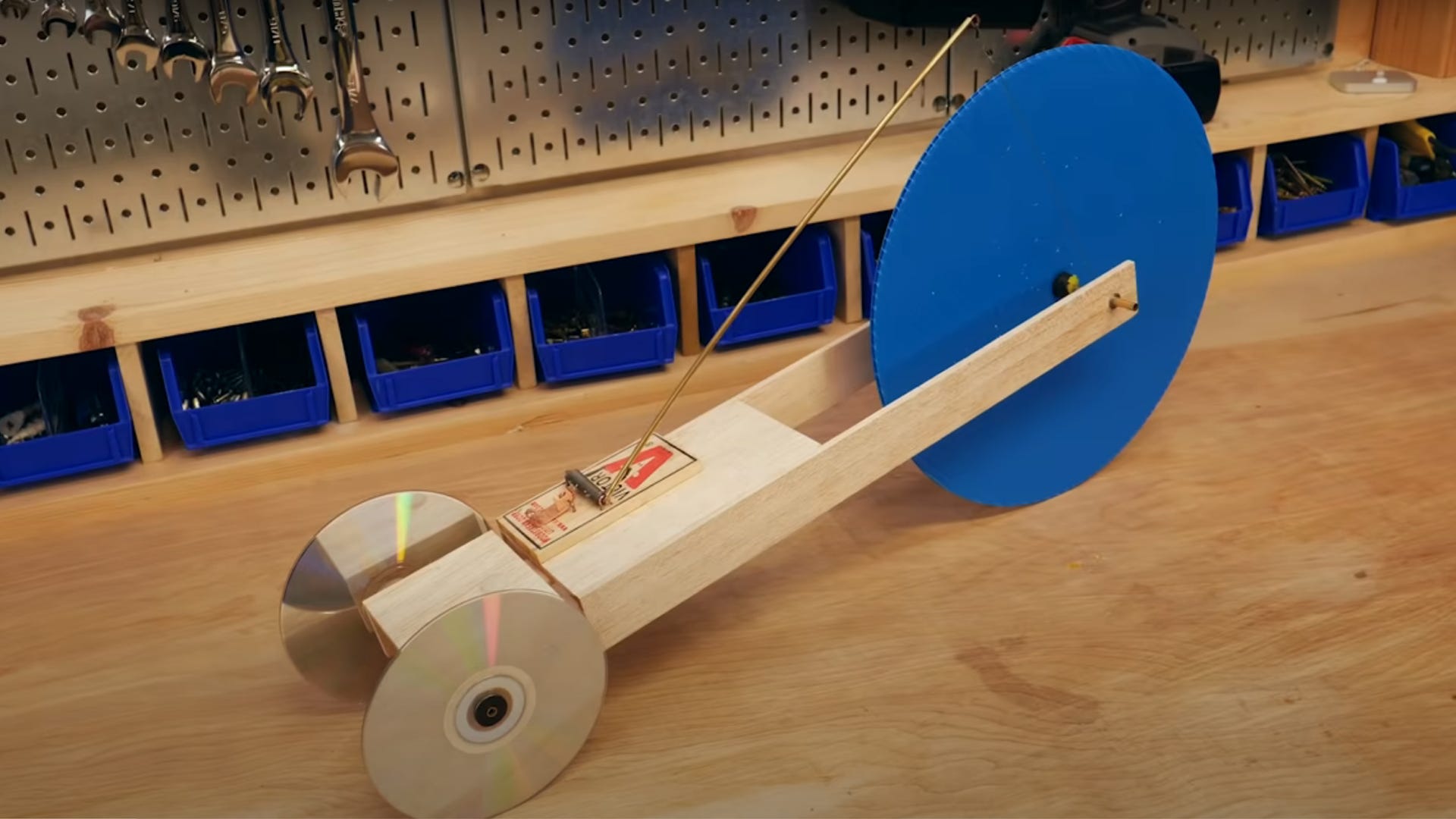
Credit: www.victorpest.com
Strategies For Placing Mouse Trap Baits
Learn the science behind successful mouse trap baits and discover strategies for effective placement. Increase your chances of catching mice by following these expert tips.
The Science Behind Successful Mouse Trap Baits
Mouse traps are an effective method for controlling mouse populations, but their success largely depends on using the right bait. By strategically placing bait, you can increase the likelihood of attracting mice and catching them. In this section, we will explore strategies for placing mouse trap baits to maximize their effectiveness.
Identifying High-Traffic Areas For Mouse Activity:
- Start by inspecting your home or business for signs of mouse activity. Look for droppings, gnaw marks, or chewed items.
- Common areas where mice are likely to frequent include kitchens, pantries, basements, and attics.
- Pay attention to areas near food sources, such as around trash cans, pet food, or stored food items.
- Mouse nests are typically found in warm, hidden places like wall voids or behind appliances.
Maximizing The Chances Of A Mouse Encounter:
- Place traps along walls or near openings where mice are likely to travel, such as corners or along baseboards.
- Mice prefer to move along edges, so positioning traps in their path increases the chances of them encountering the bait.
- Avoid placing traps in the middle of a room or open space where mice are less likely to venture.
- If you notice droppings or other signs of mouse activity in a specific area, concentrate your trap placement there.
Placing Baits Strategically To Increase Trap Effectiveness:
- Use a small amount of bait, such as peanut butter or chocolate, as mice are more likely to investigate small food sources.
- Smear the bait onto the trigger mechanism of the trap, ensuring that the mouse needs to apply pressure to access it.
- For multiple traps, space them apart to avoid overwhelming the mice. Place them about 5-10 feet apart along the mouse’s usual path.
- Consider using multiple types of baits and traps to increase your chances of catching mice with different preferences.
- Regularly check and refresh the bait to maintain its attractiveness to mice.
By implementing these strategies for placing mouse trap baits, you improve the effectiveness of your efforts in controlling mouse populations. Remember to identify high-traffic areas, maximize the chances of mouse encounters, and strategically place baits to maximize trap effectiveness. Happy trapping!
Frequently Asked Questions Of The Science Behind Successful Mouse Trap Baits
What Is The Most Irresistible Bait For Mice?
The most irresistible bait for mice is a variety of food such as cheese and peanut butter.
Why Are The Mice Not Eating The Bait?
The mice might not be eating the bait due to various factors like food preferences, effectiveness of the bait, or other food sources available.
Why Am I Not Catching Mice In Traps?
Mice might not be caught in traps due to incorrect bait, wrong trap placement, or not using enough traps.
How Effective Are Mouse Bait Traps?
Mouse bait traps are highly effective in catching mice and are widely used for rodent control.
Conclusion
Effective mouse trap baits are essential for a successful rodent control strategy. By understanding the science behind what attracts mice, you can increase your chances of trapping them effectively. Remember to consider their natural feeding preferences and use baits that mimic their food sources.
This can include anything from cheese and peanut butter to high-protein baits like bacon or nuts. Experimenting with different options can help determine the most enticing bait for your specific rodent problem. Additionally, it’s important to set the bait in the right locations, such as along walls, near entry points, or in areas where you’ve observed mouse activity.
Keep in mind that patience and persistence are key when dealing with rodents, as it may take several attempts to catch them. With the right combination of bait and trap placement, you can successfully tackle your mouse problem and maintain a rodent-free environment.
